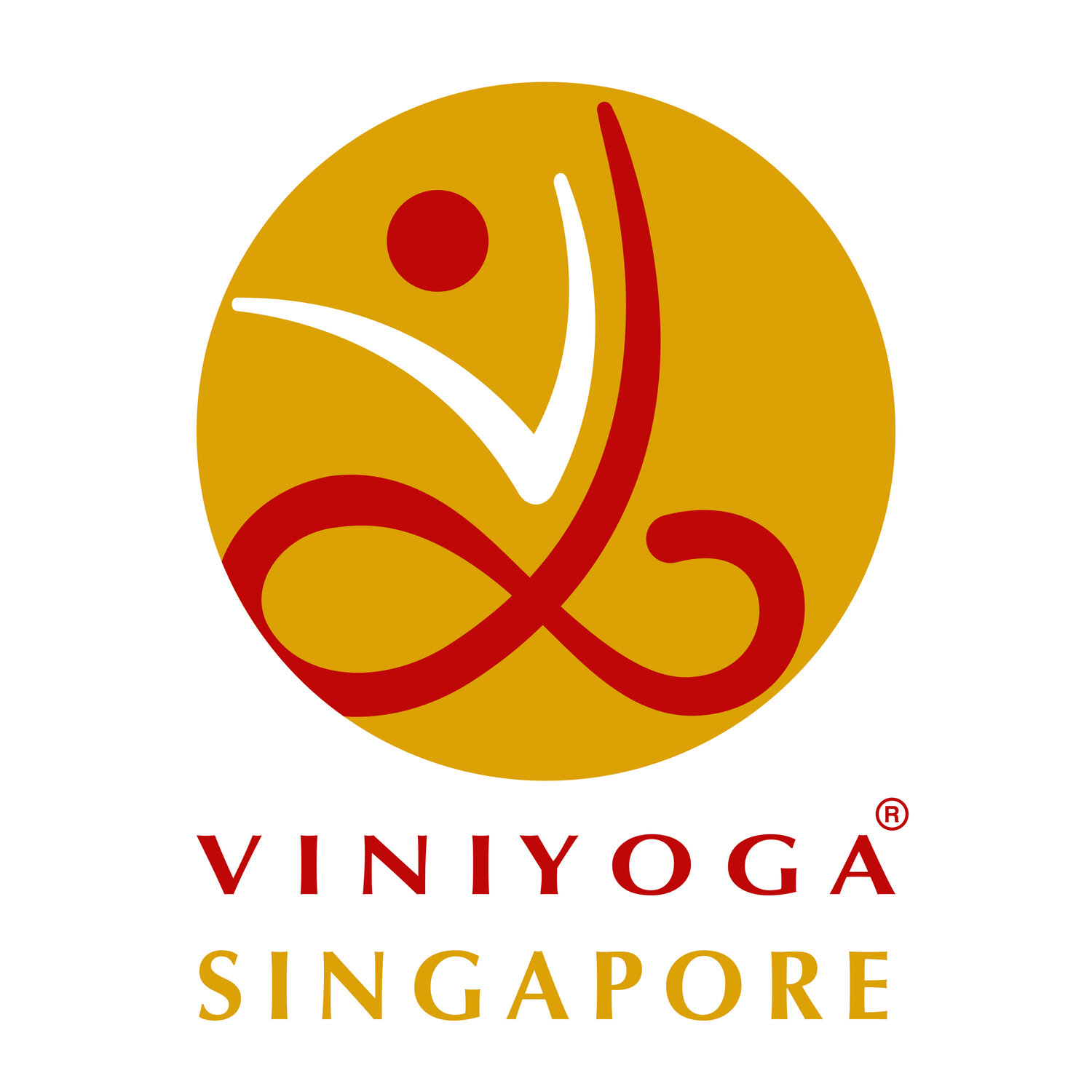VINIYOGA vs. MODERN YOGA
The Viniyoga approach differs significantly from many modern styles and approaches to Yoga. Here is a small table that highlights the major differences.
Viniyoga® Tradition
Approaches health and wellbeing holistically and understands the body as a multidimensional construct of inter-connected dimensions
Utilises the whole range of Yoga’s tools, not restricting itself to asana
Offers intelligent and creative options of practices that are tailored to suit each individual
Uses the first classical text of Yoga, the Yogasutra of Patanjali as its reference text. It also uses traditional texts like Hathayogapradipika, Yogarahasya etc.
Offers a great depth in understanding Yoga consistent with its philosophical roots, focusing on subtle principles like prana, the subtle anatomy of the body, the dosas, etc. Very sophisticated and subtle in its understanding, it offers consistency within its range of tools.
Is one of the oldest living traditions of Yoga and is solidly backed by the strength of time-tested tradition over more than 1200 years
Offers creative and intelligent solutions to suit each individual.
Universal to people of all faiths, age, flexibility level and lifestyle choices. It celebrates differences between people and honors their uniqueness
Teaches students to empower themselves and make their own educated choices.
Uses only non-invasive traditional Yogic practices and stays away from invasive forms of practice
Practitioners don’t need to buy special yoga clothes, props or other accessories to be able to practice. All they need is some space and time. If props are used, they are household items (chairs, stools, pillows, wall, etc.)
Offers the flexibility to offer both individual classes and group sessions. Group sessions are also often context-sensitive and offer adaptations and modifications within the classes
Is the best suited tradition for Yoga as therapy, as its values align itself with the therapeutic principles.
Close, ongoing relationship between teacher and student, where the teacher invests in the healthy development of the student and is able to tailor practices that will be the most effective and efficient for them
Gives consistent acknowledgement of and great respect to the teachers who have passed down the tradition. Students learn not just the teachings but their context within language and culture.
Modern Yoga
Often view health and wellbeing very much from a physiological perspective and look at the body mostly through the musculoskeletal system
Mostly restricted to asana
Mostly standardised approach that tries to conform the individual to the practice.
Often look at Yoga merely as a gymnastic form of exercise, ignoring its philosophical basis.
Very often strongly influenced by Western perspectives that can result in a shallow and flawed understanding of Yogic principles, through an inconsistent patchwork approach, trying to put bits and pieces of information together from various disconnected sources.
Most styles of Yoga today are modern, sometimes commercial, innovations, loosely influenced by more recent traditions from India. Many are based on the approach of combining asanas with other forms of exercise.
Focused mostly on standardised practices, based merely on the flexibility and/or stamina of students. Sometimes teachers even instruct from a script rather than using their own observation and long-term experience.
Many insist on fanatical choices of lifestyle from their students that may be invasive and illogical. This homogeneous approach tries to fit everyone into the same box.
Often tell students what they can or cannot do.
Often include invasive practices like Neti, Dhauti, Khecari, or various modern methods such as drinking beer, using animals etc., that are not only inappropriate to the spirit of Yoga, but also are contraindicatory.
Often insist that their students invest heavily in their merchandise or apparel to be able to practice optimally.
Mostly standardised group classes, often categorized based on stamina and flexibility levels, of beginner, intermediate, and advanced.
Not suitable for Yoga as therapy.
Typically, the extent of interaction between students and teacher is in group classes, workshops, or teacher training courses.
With few exceptions, most styles of Yoga we see today are modern constructs whose creators are still alive. In many cases, those traditions that do belong to a lineage do not stress to students the importance of acknowledging the historical teachers and the duties of carrying the tradition.
